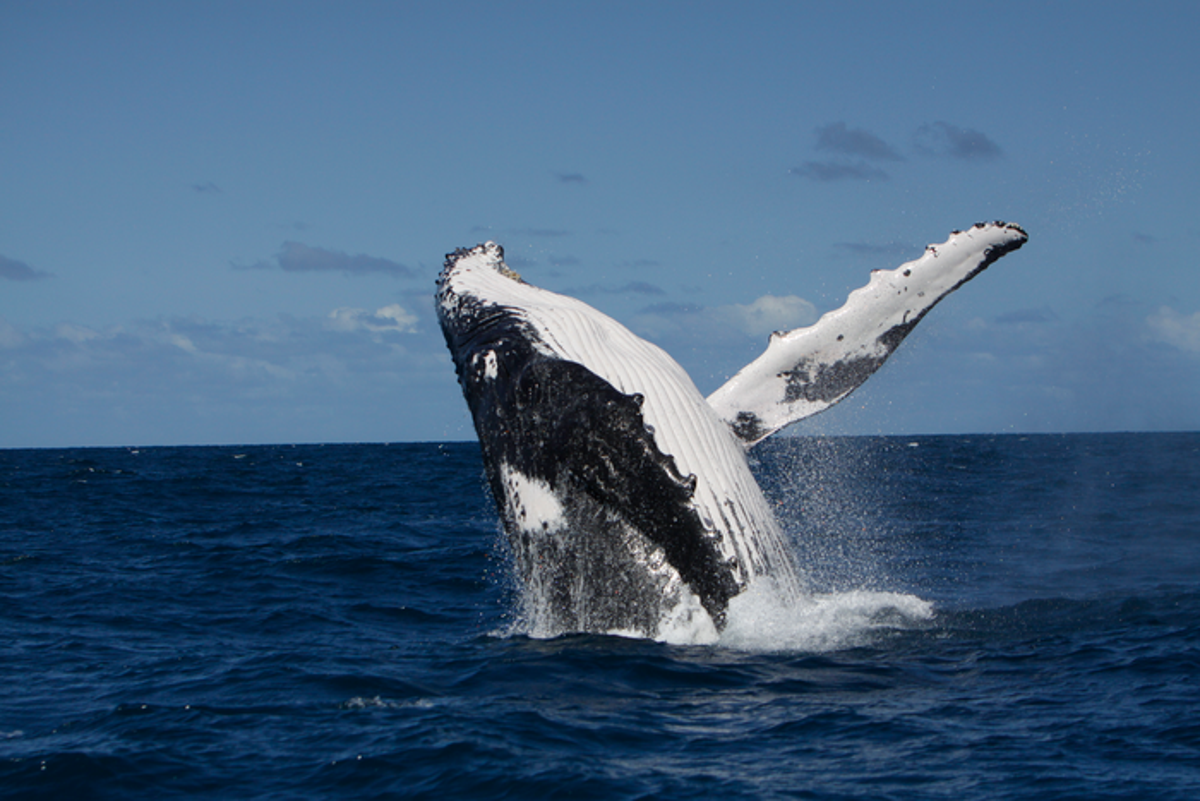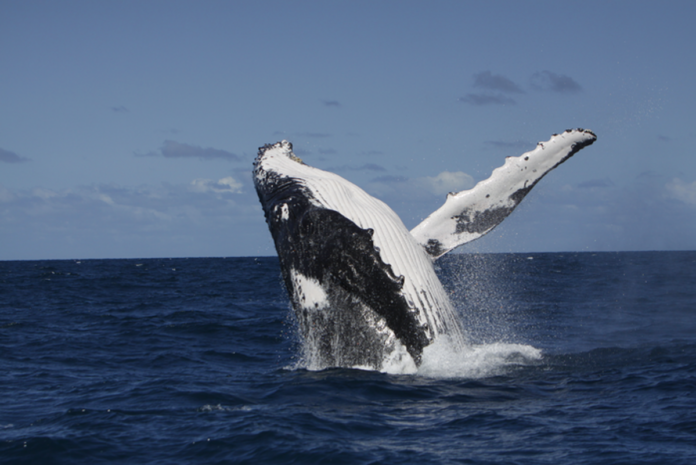[ad_1]

Humpback whales learn incredibly complex songs from whales in other regions with “remarkable accuracy”, according to a new study that reveals the level of ease with which the marine mammals transmit culture between populations.
The research, published recently in the journal Scientific Reports, found that humpback whales near the South Pacific French territory of New Caledonia could learn songs from their counterparts on Australia’s east coast “very quickly.”
Scientists, including Jenny Allen from the University of Queensland in Australia, believe the findings can shed more light on the evolution of cultural communication in animals and humans.
Once thought to be a uniquely human trait, scientists across the world have found evidence of culture in a range of animals, with individuals of several species acquiring specific behaviour via contact with another of the kind through social learning.
One example of cultural exchange among multiple populations of a species is the transmission of humpback whale song, researchers say.
However, they say the mechanism for this transmission in the whales are not fully understood.
A typical song in humpback whales is a long, complex vocal display that is produced solely by males.
These songs consist of “unit” sounds arranged in a sequence into what’s called a “phrase,“ that are inturn repeated multiple times to create a “theme” sung in a consistent order.
Previous studies have also shown that these songs also evolve over time with small, progressive changes, such that each year’s song contains a slightly different arrangement, progressively increaing the song pattern’s complexity.
In the new research, scientists found that humpback whale “singers” in New Caledonia learned the fine-scale unit arrangements of each song type “with a high degree of fidelity.”
“This really indicates a level of ‘cultural transmission’ beyond any observed non-human species,” Dr Allen said in a statement.
“This study improves the understanding of inter-population mechanisms for large-scale cultural transmission in animals,” researchers wrote.
Scientists analysed the song patterns of male humpback whales from each region between 2009 and 2015, to examine how culture transmits between the populations.
They determined the complexity of whale songs by measuring both the number of sounds they made and the length of the sound patterns.
“By listening to the Australian humpback population, we were able to see if the songs changed in any way when sung by the New Caledonian whales,” Dr Allen explained.
Scientists found that the New Caledonian whales learned the exact sounds, “without simplifying or leaving anything out.”
“Each year we observed them they sang a different song, so it means humpback whales can learn an entire song pattern from another population very quickly, even if it’s complex or difficult,” Dr Allen said.
The study adds further proof to previous findings that songs are being learned by whales on shared migration routes like New Zealand or shared feeding grounds like Antarctica.
“It’s rare for this degree of cultural exchange to be documented on such a large scale in a non-human species,” Dr Allen said.
“We hope these findings provide a model for further study into understanding the evolution of cultural communication in animals and humans,” she added.
While humpback whales have been taken off the endangered species list recently, scientists say their populations still need to be carefully managed, for which the new findings could help.
“We now have a more holistic picture of the behaviours, movements and interactions of different humpback whale populations, including how they transmit culture,” Dr Allen said.
“It means we’re better equipped to protect them against the many threats they face as our climate, and planet, continue to change,” she added.
[ad_2]
Source link













